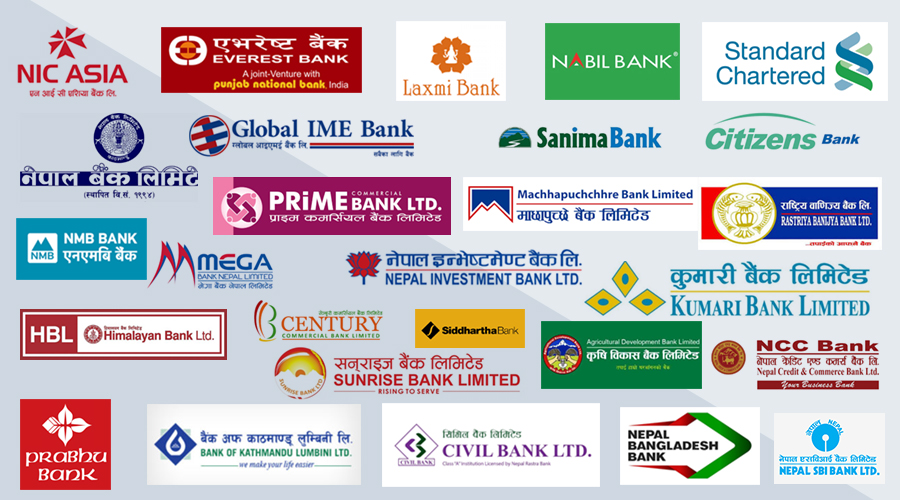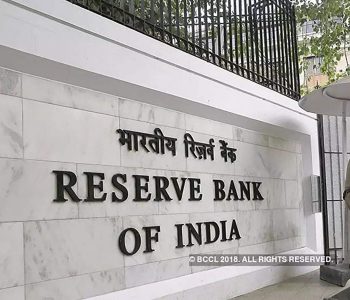Credit flow of commercial banks swings up by 11.8% amid tepid deposit collection

KATHMANDU: Credit outflow of commercial banks swang up by 11.8 per cent during the first half of the current fiscal year (FY) while the deposit went up by 3.6 per cent.
Nepal Bankers’ Association (NBA) data shows that the credit flow rose to Rs. 4,144 billion by mid-January from Rs. 3,706 billion in mid-July. While the deposit rose to Rs. 4311 billion in January from Rs. 4,158 billion in mid-July.
As the deposit remains sluggish, it has been consequently creating pressure on the liquidity management in the banking sector. The Nepal Rastra Bank (NRB) informed that excess liquidity- indicator of the level of liquidity – on January 25 flattened to Rs. 17 billion down from Rs. 120 billion at the beginning of the current FY.
Meanwhile, the rise in the deposits along with lending of the commercial banks had remained substantial in the first half of the previous FY. The NBA data revealed that deposits had gone up by 8.45 per cent while lending by 11.7 per cent in the previous review period.
However, at the current juncture, the rise of deposits is not gaining momentum, despite the rise in the interest rate on the deposit. The Banking and Financial Statistics (BFS) of NRB showed that the aggregate interest rate on deposits went up by 1.48 percentage points in the period from mid-August to mid-December. The aggregate deposit interest rate rose to 6.24 per cent in mid-December from 4.76 per cent recorded mid-August 2021.
The slow pace of the rise in the deposit partly seems to be the consequence of the decline in remittance and slow spending of the capital.
The remittance contracted by 6.9 per cent in the first five months in comparison to the same period of the previous FY.
Likewise, the government only spent 13.71 per cent of its capital expenditure in the first half of the current FY. Further, the support of monthly income in deposits has been scuttled by the sharp rise in inflation. The salary and wage index has slightly risen by 6.53 per cent but in parallel, inflation rose by 7.11 per cent in the first five months of the current FY.














Facebook Comment